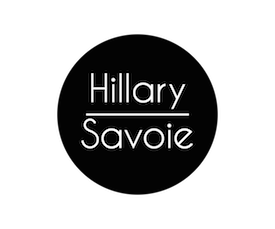There have been times when it is hard for me to be around children Esmé’s age. It isn’t something I’m proud to admit, but it is the truth. I find myself, for the first time in my life, uncertain about how to interact with many young children. I feel shocked by their abilities, saddened by their independence, and worried about making Esmé feel jealous or left out. I have found, however, that by talking with young children about and around Ez we can connect rather easily in the space where Ez gets to be the center of attention (as she likes), the child is encouraged in his or her natural state of curiosity, and I can speak about my favorite topic: Esmé.
So rather than stew in my uncertainty about young children, I tried to be open to engaging Violette about Esmé. She didn’t need much help in that respect!
Violette is 5 ½, a year older than Esmé—and she noticed how different Esmé is after little more than a glance. This, frankly didn’t totally surprise me. In fact, it mostly confirmed what I have been reading in the faces of adults who are too socialized to not try to hide their confusion and curiosity.
***
At this point I’ve taken Ezzy out of the car and am crouching down to hold Ezzy up so she can stand next to Violette. I lift her hand up and say, “Ezzy, say hi to Violette.” Esmé’s body bobs and and wiggles, her head lags to the side. She is silent but I can tell that she is checking Violette out, looking from the corner of her eyes in a non-committal but curious way.
I look down at Ezzy whose body I am absentmindedly supporting as she hoola-hoops her hips and throws her weigh backwards against me, as her arms and feet dance in the constant motion that I am so very used to, that I forget it is remarkable to others.
With this comment Violette seemed temporarily satisfied, but soon I could see her next series of questions passing through her mind. I think her grandmother saw it too, and we both looked back toward their groceries, worried about the heat. It was clear that Violette would not soon run out of questions–and while I’d happily talk with her about Ez all day, perhaps the hot pavement outside the Price Chopper with a car load of groceries wilting in the sun wasn’t the ideal spot. So we said our goodbyes and moved on with our days.
****
But I guess more than that, there is an aspect of Violette’s questioning that makes me think of my own internal dialogue about Esmé–the curiosity that comes from being invested in someone else, of wanting to understand what makes them tick. In Ezzy’s case, this kind of investment is a requirement of keeping her safe in the world. Esmé cannot exist in circle of people who are ambivalent about her, who aren’t asking questions about what is best for her. And, often, as I do these days of searching for yet another nurse/caregiver, seeing people scared away by the care challenges she poses, by her lack of speech, by her needs, I wonder how many people there are in the world who know how to care for and about children and adults like Ez. I worry how little the world is made to support people who are so different. I worry that smart and curious little girls and boys will be encouraged to grow up to be smart and curious about the law, about surgery, about business, about politics–but not taught that a life spent in compassion and curiosity about the diversity of human abilities has the kind of value that is hard to explain until you are dancing in it with a person like Esmé.
Talking with Violette, I was reminded that the more Esmé’s peers have opportunities to engage with Esmé, the more invested they will be in her–and other people like her. The more likely they will be to understand the gifts involved in knowing and understanding someone like Esmé. And I was heartened because I knew that by meeting and learning about Esmé Violette was changed–even if it was just a little bit. That her curiosity is a sign that she was invested, that she will keep asking questions about Esmé until she is satisfied with the answers.


I think Esmè would want to engage strangers herself. When will she receive the proper tools?
Violette is my daughter! I am glad she was able to talk and meet both you and Esme. My husband and I encourage Violette to ask question instead of stare. I am believe she would have kept asking questions if she did have to leave. I hope that is one thing she never grows out of.
You have a lovely daughter! I love her curiosity. I hope that she and Ezzy will have another chance to hang out some time!
Hi there! Ezzy is starting to engage friends that she knows well, like at the school she visits. One of her goals is to engage in playful interactions one on one with other children. I think that the familiar kids are more predictable for her so she can relax and engage better. Ez has tended to prefer adults to other children, almost not noticing other kids at all, but that's beginning to change. I try to encourage her to interact with other children but it can be hard to do in the fly 🙂 without an environment where I can set her down. I try to walk the line between letting her be independent with peers and speaking up for her.
Questions are so great! I think we can be reminded and learn so much from watching the approach and interactions of children with our children and others. You have to love their open and honest desire to learn and know more. Thank you for sharing this beautiful reminder!